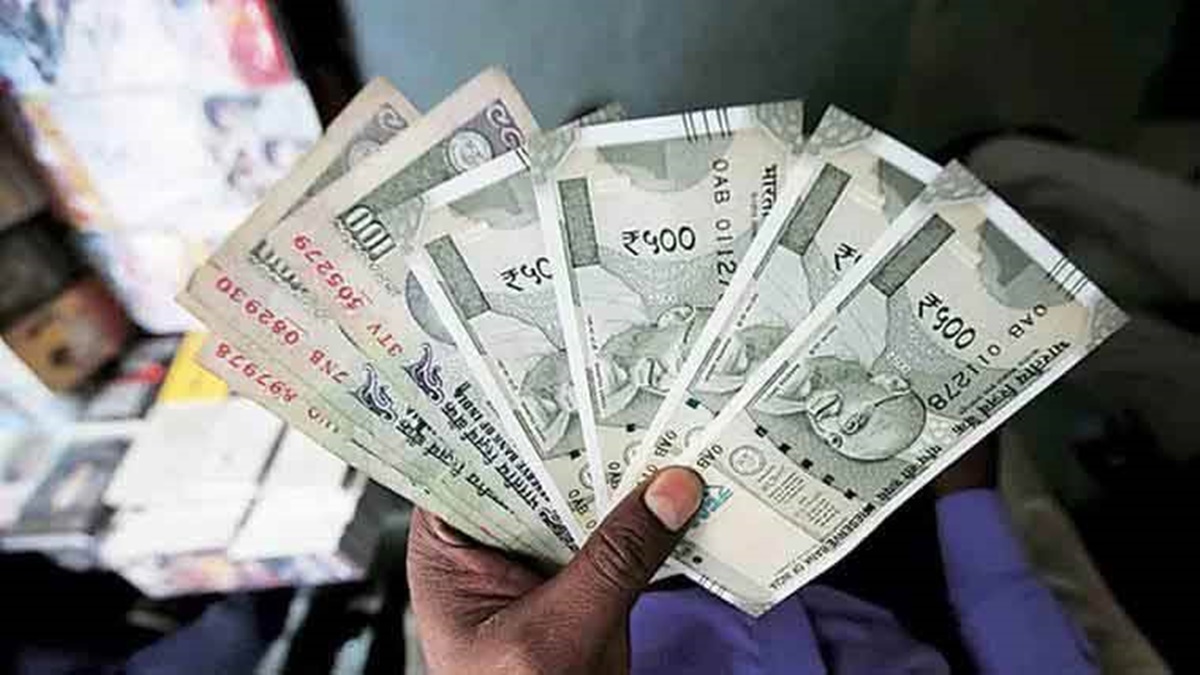Foreign portfolio investors seem to be warming up to Indian debt in 2023, with the first two months registering a net inflow of almost Rs 6,000 crore into the category.
FPIs registered a net outflow of Rs 15,911 crore ($2.02 billion) in debt during 2022, being net sellers for nine out of 12 months. While they have offloaded over Rs 1,800 crore in the first nine days of March, the net inflows so far in 2023 stand at Rs 4,105 crore.
According to industry executives, a positive real rate thanks to rising bond yields and the uncertainty over rate hikes largely being over have aided inflows into debt. “The rupee had seen meaningful depreciation (~11%) in CY22, which could stabilise in CY23. With chances of rate hikes plateauing, the probability of rear-ended capital gains in Indian fixed income remains high,” said Lakshmi Iyer, CEO of Kotak Investment Advisors.
“The stability of the rupee and its outlook plays an important role in any allocation by FPIs to Indian debt. Therefore, if the rupee remains stable against the dollar, we may witness higher debt flows. In addition, there is a possibility of Indian government bonds getting included in global bond indices this year. This may lead to higher FPI flows into the category,” said Alok Singh, chief investment officer, Bank of India Mutual Fund.
On Thursday, the rupee strengthened against the US dollar to 81.975. The local currency has strengthened 0.91% or 75 paisa against the greenback so far in 2023.
Agrees Puneet Pal, head of fixed income at PGIM India MF, saying, “As the Indian bond yields inched higher, they started giving a positive real rate of return ― both with respect to current and expected future inflation. This was in contrast to negative real bond yields in the developed markets. Second, the rate hike cycle in India is in the last phase, and the current yield levels are attractive from a medium- to long-term perspective.”
Also read: Vedanta share price rises after Anil Agarwal says ‘$1 billion is peanuts for us’, dismisses debt concerns
On Wednesday, the yield on one-year government bonds rose above the benchmark 10-year bonds, signalling an ‘inverted yield curve’. The 10-year bond yield has risen 10 bps to 7.43% in the year to date. On Thursday, the 10-year benchmark 7.26% 2032 bond yield ended at 7.4449%, after closing at 7.4547% on Wednesday.
A stronger rupee, coupled with higher yields, could see fixed income see a revival, say experts.
